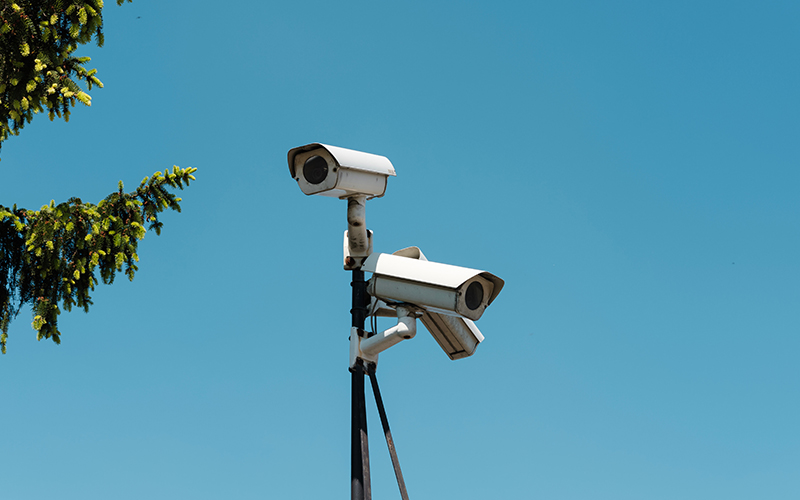Futuristic benefits of CCTV applications:
Smart, intelligent surveillance is advancing rapidly; the advent of AI (Artificial Intelligence), ML (Machine Learning), and 4K video resolution is beneficial for the future of CCTV. Some benefits are in the use of CCTV in the present and future as well.
An intuitive UI of virtual mirror understands your gestures and look, provide you the best possible apparel suggestion with standing in the queue of trial room. It also provides you an option to try stuff virtually by easy swipe and wave gestures so that you can check many clothes at once. It also provides an option to purchase directly from the display. You can scan the QR code of cloth pictures and videos and can be downloaded as an image and share on social platforms.
CCTV cameras are used to rescue emergency services, can assess and monitor events in real-time situations through video to disaster management teams. For example, from inside a burning building through CCTV cameras.
City and community street monitoring
Cameras at traffic lights and elsewhere in cities monitor people to gather in the different parts of the city to monitor the activities.
Medical monitoring and diagnosis
CCTV cameras can also monitor patients, for instance, children or the elderly too, to identify potential medical crises.
CCTV Surveillance networks are used to record crowd activities in public places and prevent anti-social behaviours. For instance, cameras have been used at schools for security and to record bullying or playground incidents on video.
It is used to analyze buying trends and enable enhanced strategizing, likely are they to respond to calls to action within different store layouts. Helping stores to identify peak buying times, preferred promotion types, and staffing requirements for peak shopping periods.
Advanced camera technologies for the future of CCTV
- Motion Detection
- Infra-Red Lighting
- Two-Way Audio
- Automatic Number Plate Recognition
- Facial Recognition
- Wireless Connectivity
- Cloud storage
- Real-Time Alerts
The future market of CCTV in India
India CCTV market is expected to register a CAGR of 22.35% over the forecast period from 2021 - 2026
- CAGR : 22.35 %
- Study Period : 2018 - 2026
- Base Year : 2020
The future of CCTV is – IP CCTV, IP CCTV stands for internet protocol. An IP camera, or Internet protocol camera, is a type of digital security camera that receives and sends video footage via an IP network. They are commonly used for surveillance. Unlike analogue closed-circuit television cameras (CCTV), IP cameras do not require a local recording device, only a local network. Closed Circuit Television with IP CCTV video management has become so simple. You can store and retrieve both analogue and digitally recorded. Video footage and access it via an internet connection anywhere in the world. Especially with the growth of cloud computing, IP CCTV has seen a massive boom.
Conclusion
However, there is a growing awareness among the public about the importance of having CCTV cameras, as crime rates continue to remain unabated throughout the country. The research firm Mordor Intelligence expects the Indian CCTV market to grow by 22.5 percent between 2020 and 2025. Significant changes have shaped CCTV hardware during the last decade. The latest research points to video everywhere, edge computing, and AI as the top technologies that will significantly impact commercial and consumer markets. Thanks to technological advances and recent innovations, CCTV has advanced far beyond what it once was. HD recording paired with real-time intervention means that a once reactive security measure is becoming more and more proactive. As more businesses adopt higher quality surveillance infrastructure, it’s imperative to be clear on new data protection laws.

